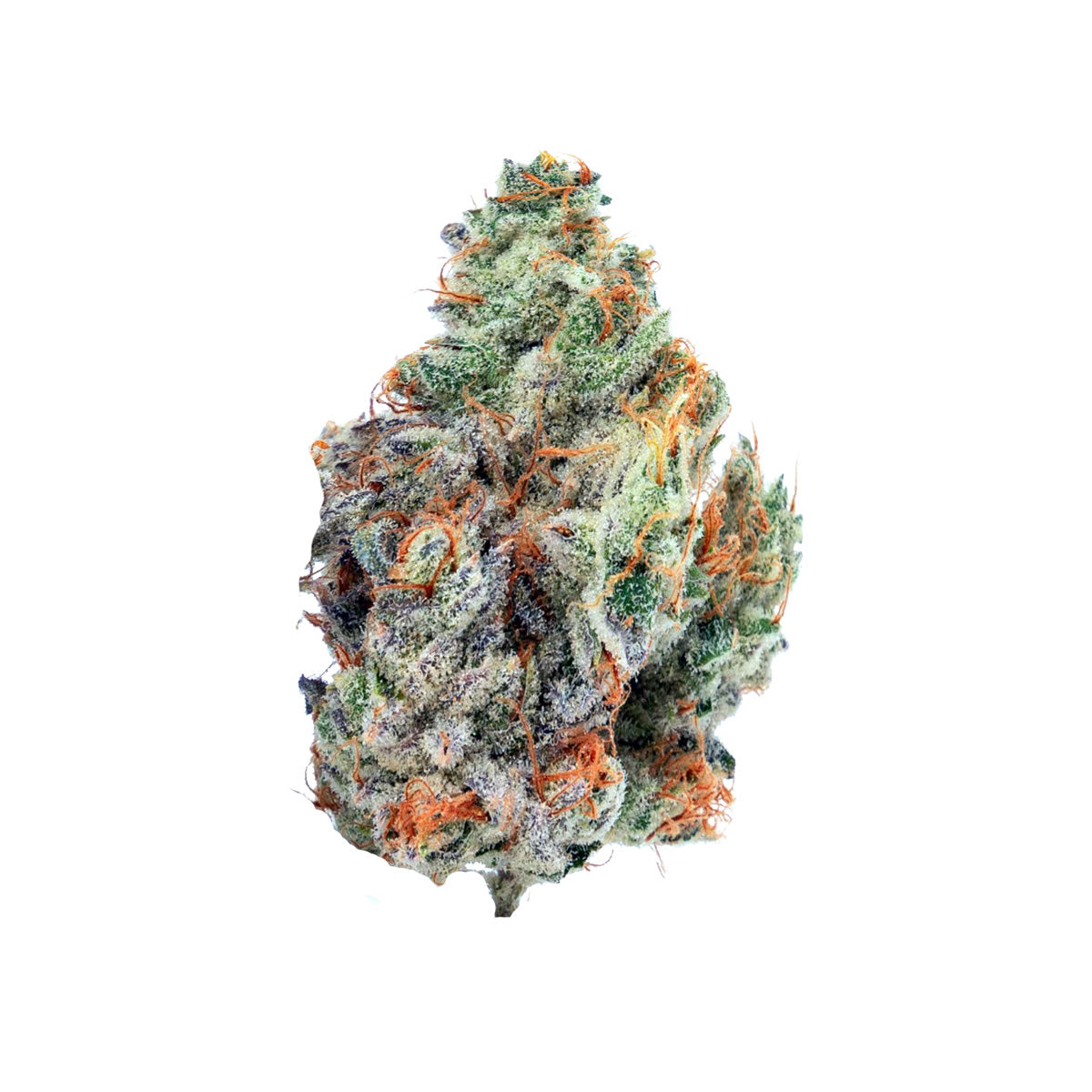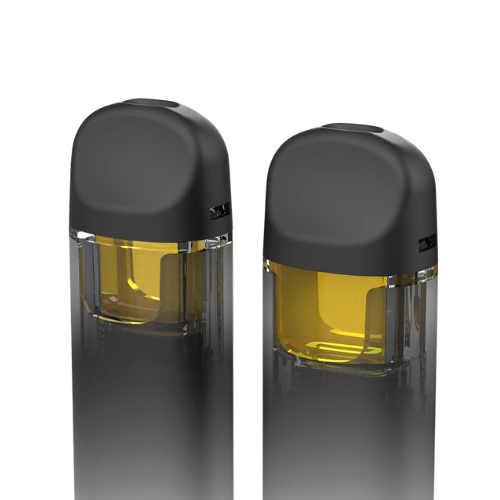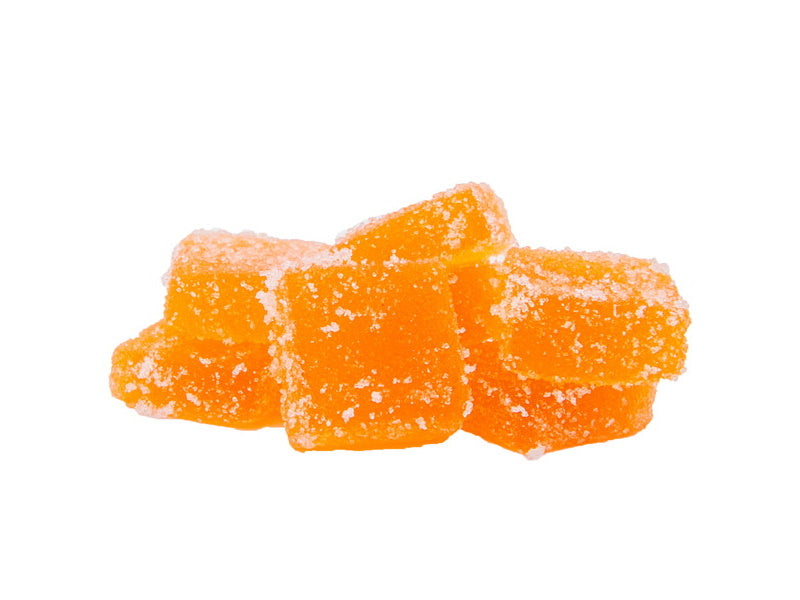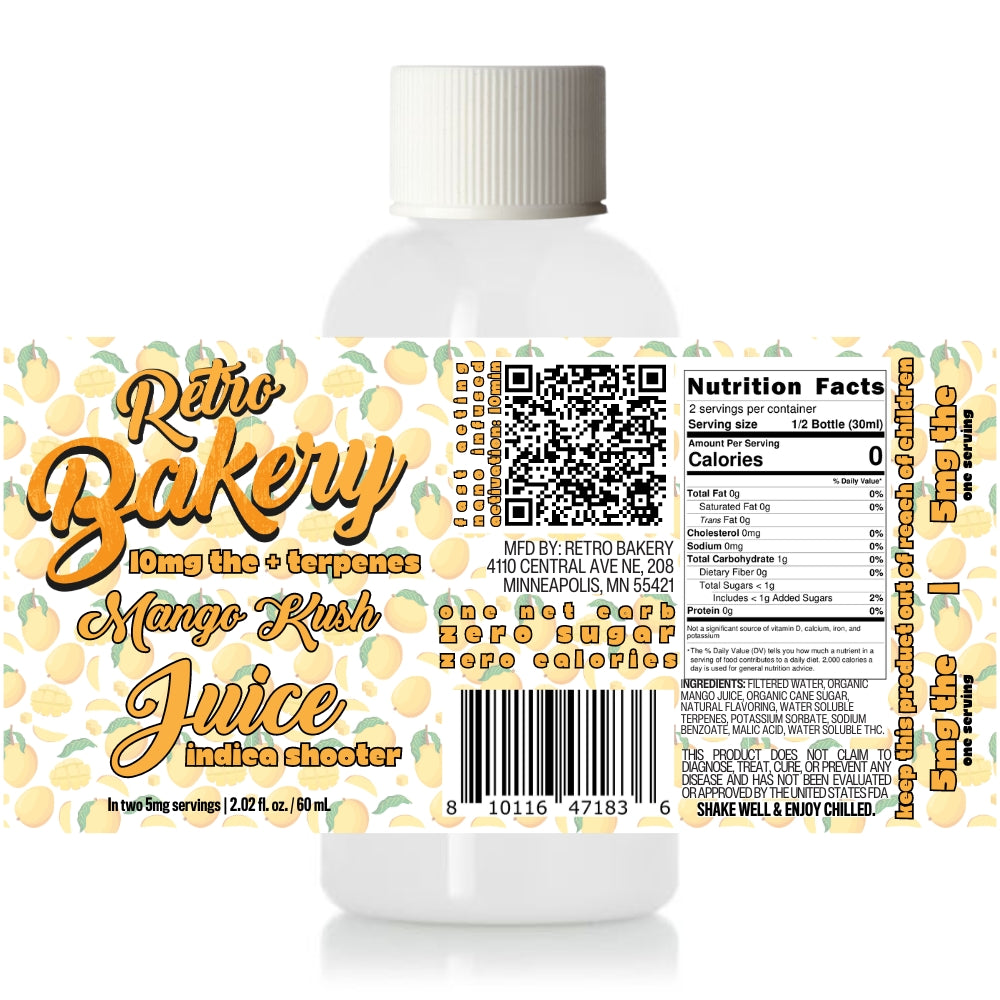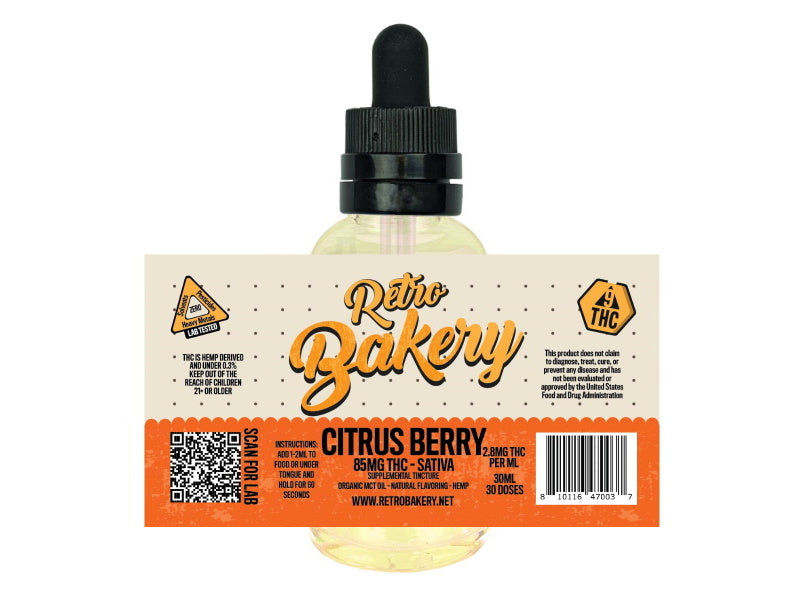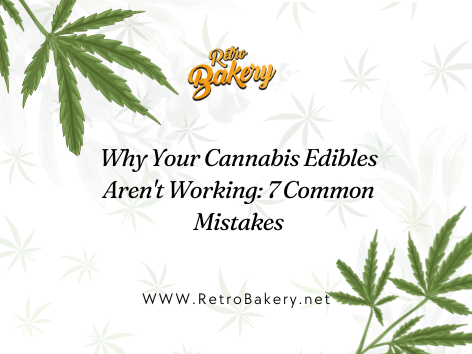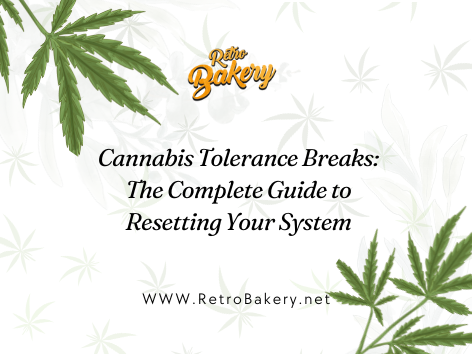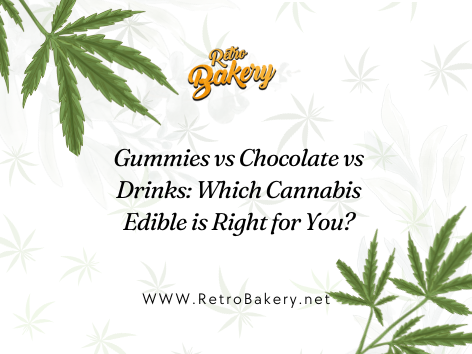Cannabis Myths Debunked: Scientific Facts Behind Common THC Misconceptions
Key Takeaways
-
Cannabis addiction is real - approximately 9% of users develop dependence, with the rate increasing to about 17% for those who start in their teens
-
Modern cannabis potency has increased dramatically - THC content has risen from 3% in the 1960s to 13-23% today, with some products reaching 95% THC
-
The "gateway drug" theory lacks strong causal evidence; environmental and social factors play more significant roles in substance use patterns
-
Hemp-derived THC products exist in a complex legal landscape that varies significantly by state despite the 2018 Farm Bill
-
Understanding proper dosing, especially with edibles, is crucial for safe consumption as potency and onset times differ significantly from smoking
The world of cannabis is filled with conflicting information. From passionate advocates claiming it cures everything to stubborn prohibitionists warning it destroys lives, separating fact from fiction has never been more challenging, or more important.
Maybe you've heard someone confidently declare, "You can't get addicted to weed," or perhaps you've wondered if today's cannabis is really "not your parents' pot." With hemp-derived THC products now widely available online and in stores across the country, understanding what's myth and what's reality has real consequences for consumers.
Let's cut through the smoke and examine what science actually tells us about cannabis, THC, and the most persistent myths surrounding this complex plant.
Cannabis: Core Concepts and Product Landscape
What Is Cannabis? Separating Definitions
Before tackling misconceptions, let's establish some basic definitions that often get confused:
Cannabis refers to a genus of flowering plants in the Cannabaceae family, which includes three primary species: Cannabis sativa, Cannabis indica, and Cannabis ruderalis.
Marijuana is the term commonly used for cannabis plants containing significant amounts of THC (tetrahydrocannabinol), the psychoactive compound that produces a "high."
Hemp is legally defined in the United States as cannabis plants containing no more than 0.3% THC by dry weight. While technically the same species as marijuana, hemp has been selectively bred for industrial purposes and contains minimal psychoactive properties.
CBD (cannabidiol) is a non-psychoactive cannabinoid found in both marijuana and hemp that doesn't produce a high but may have therapeutic properties.
THC (tetrahydrocannabinol) is the primary psychoactive compound in cannabis that produces euphoric effects.
The Modern Marketplace: Hemp-Derived THC and Edible Safety
The 2018 Farm Bill created a significant shift in the cannabis landscape by legalizing hemp cultivation and hemp-derived products federally. This opened the door to a booming industry of hemp-derived cannabinoids, including hemp-derived Delta-9 THC products (as long as they contain less than 0.3% THC by dry weight).
Today's cannabis consumption methods have evolved far beyond traditional smoking to include:
-
Edibles (gummies, chocolates, beverages)
-
Tinctures and oils
-
Vaporizers
-
Capsules and tablets
-
Topicals and transdermals
Each consumption method offers different onset times, durations, and intensities of effects. For example, edibles typically take 30-90 minutes to produce effects that can last 6-8 hours, while smoking or vaping produces almost immediate effects that typically last 1-3 hours.
Understanding these differences is critical for safe consumption, especially for beginners exploring hemp-derived THC edibles for the first time.
Myth #1: Cannabis Is Harmless and Non-Addictive
The Science of Dependence and Misconceptions About Addiction
One of the most persistent myths is that cannabis is completely non-addictive. The reality is more nuanced.
According to the National Institute on Drug Abuse, approximately 9% of cannabis users develop dependence, with that number rising to about 17% for those who start using during adolescence. This doesn't mean cannabis is as addictive as substances like heroin or methamphetamine, but addiction potential does exist.
Regular cannabis users can experience withdrawal symptoms when stopping use, including:
-
Irritability
-
Mood disturbances
-
Sleep difficulties
-
Decreased appetite
-
Restlessness
-
Physical discomfort
These withdrawal symptoms typically peak within the first week of cessation and can last up to two weeks.
How Usage Patterns Matter: Age, Frequency, Product Type
The risk of developing dependence varies significantly based on several factors:
Age of first use: Adolescent brains are still developing and particularly vulnerable to cannabis's effects on brain structure and function.
Frequency and amount: Daily or near-daily use significantly increases dependence risk compared to occasional use.
THC concentration: Higher potency products may increase addiction risk, though more research is needed.
Consumption method: While smoking provides immediate feedback on dosage, edibles can lead to accidental overconsumption due to delayed onset and inexperience with proper dosing for beginners.
The bottom line: While most cannabis users do not develop dependence, claiming cannabis has zero addiction potential contradicts scientific evidence.
Myth #2: Cannabis Potency Hasn't Changed
THC Content Then vs. Now: Today's Potency Levels
The claim that "weed is just as strong as it's always been" doesn't hold up to scientific scrutiny.
According to data from BrainFacts/SfN, the average THC content in cannabis has increased dramatically:
-
1960s: Average THC content around 3%
-
Today: Average THC content between 13% and 23%
-
Concentrates: Can contain up to 95% THC
This represents a 4-8 fold increase in potency compared to what previous generations consumed.
|
Time Period |
Average THC Content |
Product Types Available |
|
1960s-1970s |
~3% |
Primarily flower/joints |
|
1980s-1990s |
~6% |
Flower, early concentrates |
|
2000s |
~8-10% |
Flower, hash, early vapes |
|
2010s-Now |
13-23% (flower) 60-95% (concentrates) |
Flower, concentrates, vapes, edibles, beverages, tinctures |
Implications for Consumers: Serving Size, Effects, and Edible Safety
This dramatic increase in potency has significant implications for consumers:
Increased risk of adverse effects: Higher potency cannabis has been associated with greater risk of anxiety, paranoia, psychosis, and cannabis hyperemesis syndrome.
Tolerance development: Higher potency products can lead to more rapid tolerance development.
Challenging dosing: Especially for naive or returning users, today's cannabis requires much more careful attention to serving size.
This potency difference becomes particularly important when considering the differences between Delta-9 and Delta-8 THC products, and when comparing consumption methods. Understanding how THC edibles differ from smoking or vaping becomes essential knowledge for safe consumption.
Myth #3: Cannabis Is a Gateway Drug
Gateway Theory: What Science Actually Shows
The "gateway drug" theory, that cannabis use inevitably leads to "harder" drugs, is perhaps the most thoroughly debunked cannabis myth, yet it persists in public discourse.
While it's true that many people who use "hard drugs" have previously used cannabis, correlation doesn't equal causation. Most people who consume cannabis never go on to use other substances. The gateway hypothesis fails to account for:
-
The vast majority of cannabis users who never progress to other drugs
-
The role of alcohol and tobacco as equally likely "gateway" substances
-
The illegality of cannabis forcing users into contact with illegal markets where other drugs are available
A more nuanced understanding comes from examining what the scientific consensus actually says about progression of substance use:
What the research shows: Cannabis use doesn't appear to cause changes in the brain that "prime" it for other drug use. Rather, the association between cannabis and other drug use likely reflects common underlying factors.
The Role of Societal and Environmental Factors
What does appear to drive substance use progression? Research points to several factors more influential than cannabis itself:
-
Genetics and family history of substance use disorders
-
Early-life trauma and adverse childhood experiences
-
Mental health conditions like depression, anxiety, and ADHD
-
Social environment, including peer influence and drug availability
-
Age of first substance use (any substance, including alcohol)
The more accurate "common vulnerability model" suggests that the same genetic, psychological, and social factors that predispose someone to try cannabis also increase their likelihood of trying other substances.
Myth #4: Cannabis Has No Serious Mental or Physical Health Risks
Mental Health Impacts: What Modern Cannabis Research Explains
While cannabis doesn't deserve the "reefer madness" reputation of earlier eras, the claim that it poses no mental health risks is equally inaccurate.
Research has identified several important mental health considerations:
Schizophrenia and psychosis: According to Psychiatric Medicine Associates, cannabis use is associated with approximately doubled risk of developing schizophrenia among adolescents. Regular use of high-potency cannabis further increases this risk.
Anxiety and depression: The relationship is complex, low doses may reduce anxiety for some users, while higher doses or prolonged use can worsen anxiety and depression symptoms for others.
Cognitive function: Regular cannabis use during adolescence has been associated with lasting effects on memory, attention, and executive function.
Risk factors that increase vulnerability:
-
Family history of psychotic disorders
-
Personal history of psychotic symptoms
-
Adolescent brain development stage
-
High-potency product use
-
Regular, heavy consumption patterns
Physical Health and Edible Use
Physical health considerations with cannabis use include:
Respiratory effects: While cannabis smoke contains many of the same carcinogens as tobacco smoke, the link between cannabis smoking and lung cancer appears weaker than with tobacco. However, chronic bronchitis symptoms are common among regular smokers.
Cardiovascular effects: Cannabis use temporarily increases heart rate and blood pressure, which may increase risk in people with pre-existing heart conditions.
Pregnancy concerns: THC can cross the placenta, and some studies suggest links to lower birth weight and developmental effects.
With edibles specifically, the primary physical risk is accidental overconsumption due to delayed onset of effects, which can lead to intense and uncomfortable experiences including extreme anxiety, paranoia, increased heart rate, and vomiting. Understanding the effects of consuming THC edibles is essential for safe use.
Myth #5: Legalizing Cannabis Causes More Crime and Social Problems
Crime Rate Trends Post-Legalization
The fear that cannabis legalization would lead to crime waves has not materialized in states with legal cannabis programs.
A 2012 study cited by The Independent found "no observed cross-sectional associations between the density of medical marijuana dispensaries and either violent or property crime rates."
More recent data from legalized states shows:
-
No significant increase in violent crime rates attributable to legalization
-
Reductions in certain types of crime, including some drug-related offenses
-
Decreased burden on law enforcement and court systems
Societal Impacts: From Stigma to Economic Upside
Beyond crime rates, legalization has produced several measurable societal benefits:
Reduced arrests and incarceration: Cannabis legalization has dramatically reduced arrests for possession, addressing a significant source of racial disparity in the criminal justice system.
Tax revenue: Legal cannabis has generated billions in tax revenue for education, public health, and infrastructure in states with retail markets.
Job creation: The legal cannabis industry has created hundreds of thousands of jobs across cultivation, manufacturing, retail, and ancillary services.
Product safety: Regulated markets require testing for contaminants, accurate labeling, and childproof packaging.
While legalization is not without challenges, including concerns about youth access, impaired driving, and commercialization, the predicted social catastrophe has not materialized.
Myth #6: Cannabis Solves the Opioid Crisis
Fact-Check: Cannabis and Opioid Overdose Rates
Some cannabis advocates have promoted the plant as a solution to the opioid epidemic, but the evidence is more complicated.
A 2018 study published in Addiction and cited by DrugRehab.com found little evidence to support the claim that expanding access to medical cannabis reduces opioid overdose deaths, contradicting earlier research that had suggested a protective effect.
The relationship between cannabis availability and opioid outcomes remains an active area of research with mixed findings:
-
Some studies show reduced opioid prescribing in states with medical cannabis
-
Individual-level studies suggest some patients successfully substitute cannabis for opioids
-
Other analyses find no consistent relationship between cannabis laws and opioid mortality
Responsible Messaging: What Role CAN Cannabis Play?
A more evidence-based perspective acknowledges potential benefits while avoiding oversimplification:
Pain management: Cannabis may provide pain relief for some conditions, potentially reducing initial opioid exposure for certain patients.
Harm reduction: For some individuals with opioid use disorder, cannabis might help manage withdrawal symptoms or reduce opioid use.
Limitations: Cannabis cannot replace medication-assisted treatment (MAT) for opioid use disorder, which remains the evidence-based standard of care.
The bottom line: While cannabis may have a role to play in comprehensive approaches to pain management and opioid use, claiming it "solves" the opioid crisis overstates the evidence and potentially distracts from proven interventions.
The Legal Status of Cannabis and Hemp-Derived THC Edibles
Current Legal Landscape: Federal vs. State Laws
Cannabis legality in the United States exists in a complex, multi-layered regulatory environment:
Federal status: Marijuana remains classified as a Schedule I controlled substance under federal law, meaning it's technically illegal regardless of state law.
State recreational laws: 21 states plus Washington D.C. have legalized adult-use cannabis.
Medical cannabis: An additional 17 states permit medical cannabis with varying qualifying conditions.
CBD and hemp: The 2018 Farm Bill legalized hemp (cannabis with ≤0.3% THC) and hemp derivatives federally.
Hemp-derived THC: Products containing Delta-9 THC derived from hemp are technically legal under federal law if they contain less than 0.3% THC by dry weight, creating a gray area that has allowed legal Delta-9 THC gummies and other products to proliferate across the country.
Individual states may restrict hemp-derived cannabinoids beyond federal requirements, creating a patchwork of regulations that consumers must navigate.
The Bottom Line on Edible Safety and Compliance
For consumers interested in cannabis products, especially edibles, here are key considerations:
Know your state laws: Regulations vary dramatically, and what's legal in one state may be prohibited in another.
Verify product compliance: Legitimate hemp-derived products should provide lab results confirming THC content below legal thresholds.
Start low, go slow: Particularly with hemp-derived THC chocolate bars and other edibles, beginning with a low dose (1-5mg THC) and waiting at least 2 hours before consuming more helps prevent negative experiences.
Purchase from reputable sources: Look for brands that provide comprehensive lab testing, clear ingredient lists, and detailed consumer information.
Be aware of drug testing: Most standard drug tests don't distinguish between hemp-derived and marijuana-derived THC, so consumption of either may result in a positive test.
Setting the Record Straight: Cannabis in Context
The extremes of cannabis discourse, both demonization and glorification, fail to serve consumers. Science paints a more nuanced picture:
-
Cannabis carries some risks, particularly for adolescents, pregnant women, and individuals with certain mental health vulnerabilities
-
Cannabis has legitimate medical applications for specific conditions
-
Hemp-derived cannabinoids exist in an evolving regulatory environment
-
Individual responses to cannabis vary widely based on genetics, dosage, product type, and setting
By moving beyond myths and understanding cannabis through an evidence-based lens, consumers can make more informed decisions about whether, when, and how to use cannabis products safely.
The emerging market of hemp-derived THC products offers new options for consumers, but also requires heightened awareness of product quality, dosing, and legal considerations. Whatever your interest in cannabis, whether medical, recreational, or educational, relying on scientific facts rather than outdated myths provides the foundation for responsible use and informed policy.
Have more questions about cannabis science, hemp-derived products, or how to navigate the evolving landscape of edibles? Our learn center offers a wealth of evidence-based information to help you separate fact from fiction in the world of cannabis.


